Starting from advice given yesterday For those of you who are planning to start refinishing wood, I thought it might not hurt to tell you about the cost of refinishing. I have chosen to do this because it is good to know that the cost of finishing does not only include the finishing of the wood, but also the finishing of the woodwork. Without being a specialist in figures, I would like to draw your attention to the calculations. I have seen situations where, from the quote for materials, everything looked great, but after the first furniture was made, things were not so rosy.
When calculating the cost of finishing, everything that has a bearing on the process must be taken into account. In addition to personnel and material costs, amortization of equipment for application and drying, energy costs, environmental protection, fire protection and other such costs must also be taken into account.
The first costs taken into account are those of direct finishing products: bath, primer, varnish, thinner. The price alone does not tell you much. That's why it's very difficult for me to answer the question: how much is your varnish? Which varnish? What are you using it for? How many coats do you want to apply? On which substrate? And many such questions that make it impossible to answer the varnish question directly. Very important is the consumption per square meter of varnished surface. Use it to find out the price of materials/sq.m. And this is only the first step.
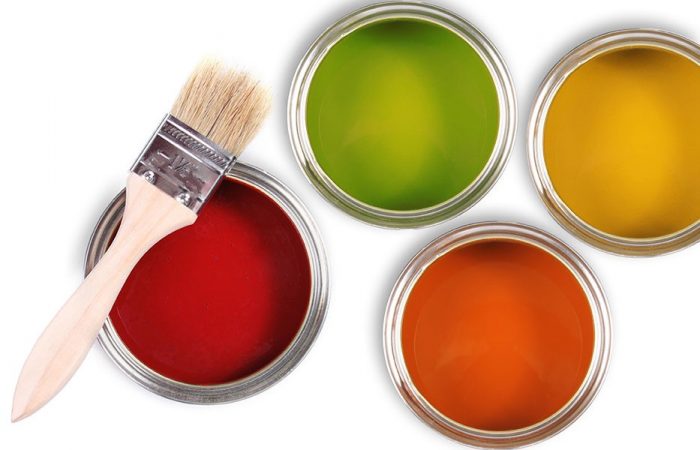
Sanding paper, sponges and abrasive pastes (where applicable), cloths used for stripping, washing diluents, products used for testing and sampling, touch-up putties, etc., are all finishing expenses. They are consumables and you should average these costs/day or per finished area (e.g. 100 sq.ft.) and from this you find the cost/sq.ft., which is added to the above.
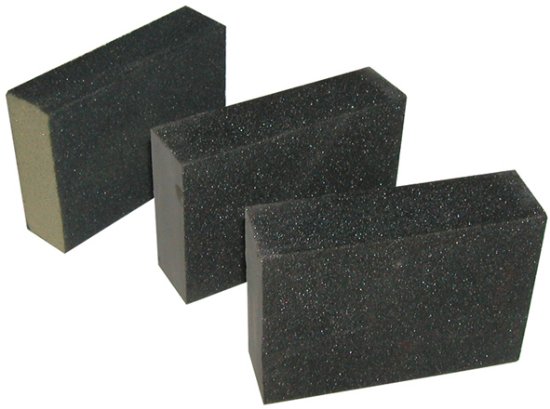
Product losses also add to costs. That is why it is advisable to use technologies that reduce these losses. I give you the example of spraying. For normal spraying on a flat, solid surface (i.e. not window frames, door frames, etc.), the theoretical losses are min. 20% and up to 60% for objects such as chairs or windows. These are theoretical losses, I repeat. Actual losses can exceed 100%. When a consumption is given in the product data sheet (e.g. 100 g/mpg), it is the material remaining on the board. It is best to determine the actual consumption if you prepare a quantity of material and apply it to several pieces of furniture. Calculate the total finished surface area (pay attention to corners, edges and other narrow surfaces - that's where the biggest losses are). Divide the amount consumed by the total surface area and you have the actual consumption. The more objects you finish, the clearer you get a picture of the real consumption.
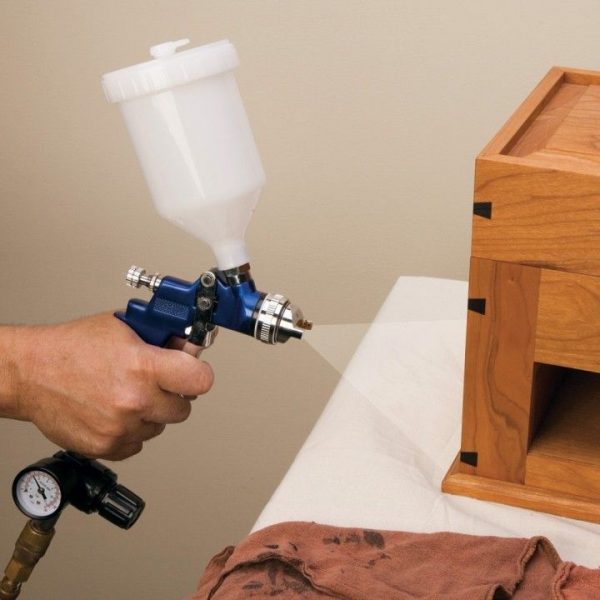
Spray losses can be reduced by using high-performance spray guns or pumps. Such equipment can also reduce losses by 60%. Weigh the cost of the equipment against the losses and you will see that the former no longer seems so high.
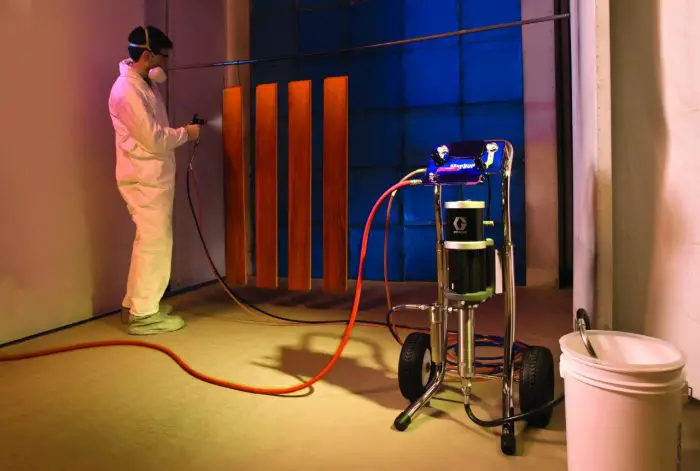
An important part of the cost of finishing is energy costs. Energy consumption is higher the more sophisticated the varnish application method. But the largest amount of energy will be consumed in the forced drying process. Basically, the energy consumption increases from a minimum when applying products with a trowel or brush and drying in ambient and reaches a maximum when using complex application lines with spray robots, solvent removal in drying tunnels, followed by UV lamps curing the material.

Another cost that has an impact on expenditure is waste and its destruction. This includes empty cans, dirty varnish rags, varnish residues from spray booth water, etc. All these materials (whether the products used were water-based or solvent-based) must be destroyed by a specialized company. It is therefore good practice to use products and technologies that leave as little residue as possible.
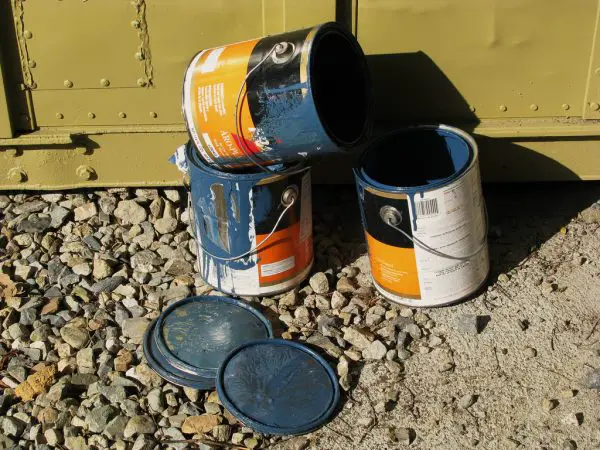
Working time is also important and a long working time will lead to increased labor and energy costs.
It turns out that more important than the price per liter of product is the competitiveness of the product, and relevant is the total finishing cost per finished unit. The use of products that fit into the production flow and allow for decreases in energy and labor costs can lower the price of finish/sq.m., even if they initially appear to be expensive products. An example is the use of high body content products. In this case fewer coats will be applied, thus reducing the labor and energy costs of applying an additional coat.
The choice of working technology is also important in the economics of the process. For example, the consumption in the case of waved application is very low. There are 99% body products that can be waved applied, so there are virtually no losses. Electrostatic application can reduce losses by up to 70% compared to normal spraying. Technologies can be adopted that recover and reuse materials (molding, flow-coating).
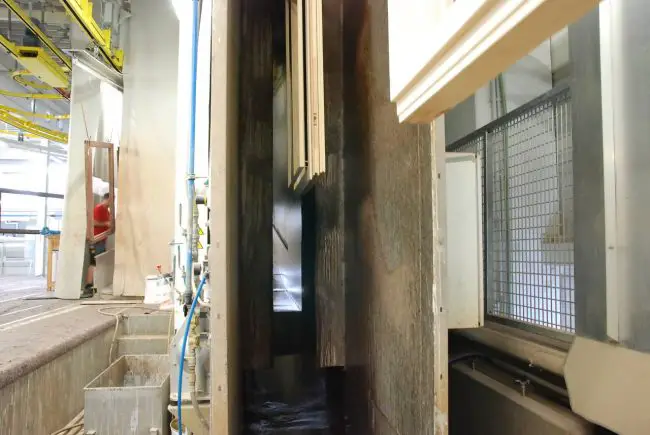
As you can see it's not that simple to calculate the cost of finishing and it doesn't mean that if you bought a cheap product it will cost you less in the end. And just think I haven't said anything about the time and money wasted fixing mistakes.




































Add comment